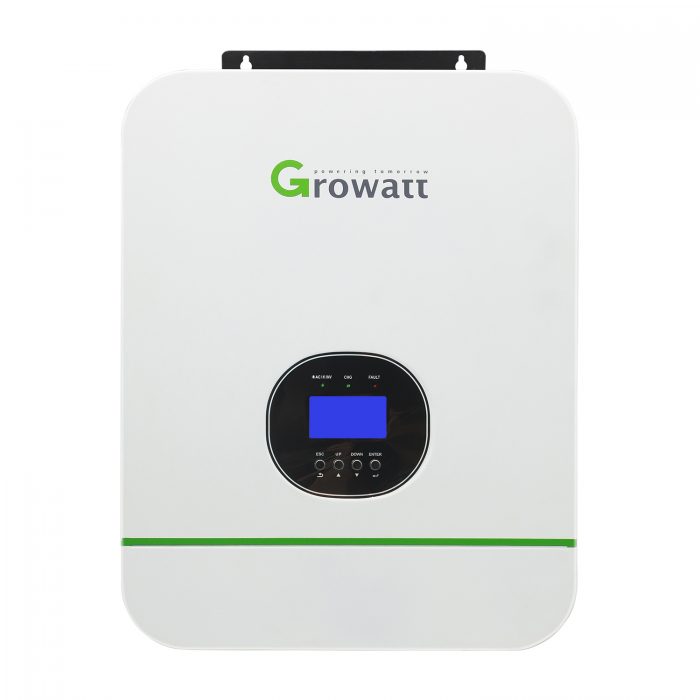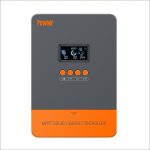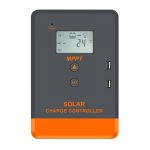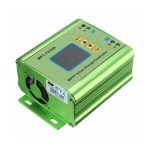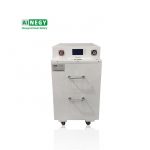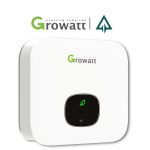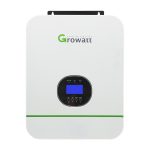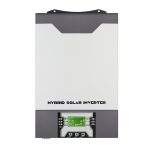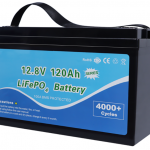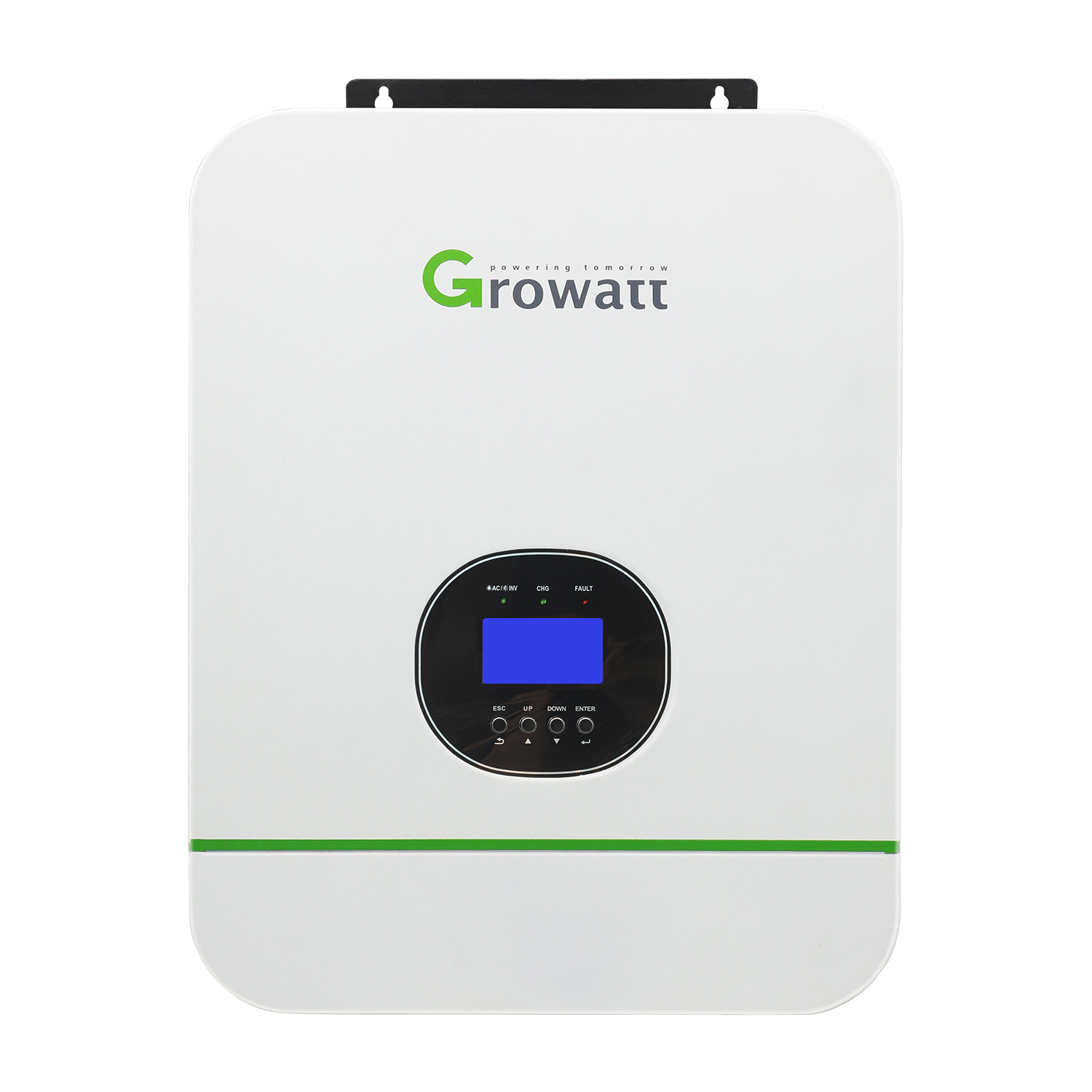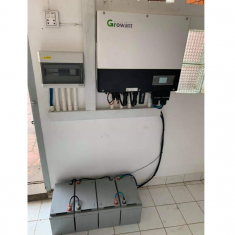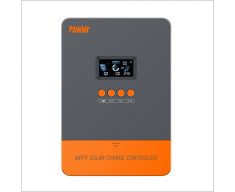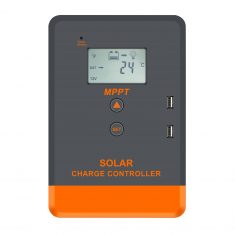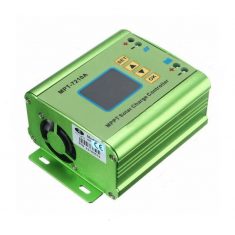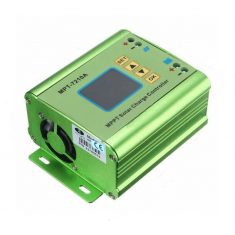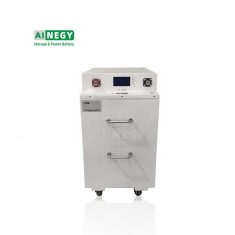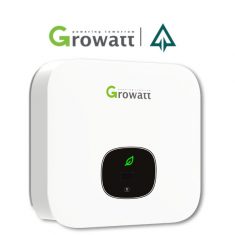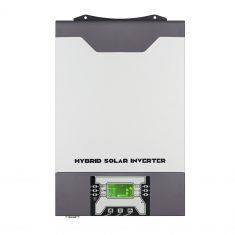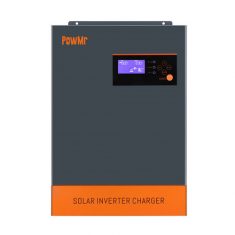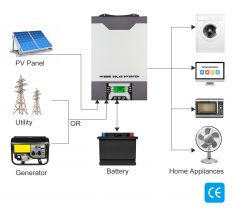Avoid buying or buying a reasonable charger controller
Terminals: Check the terminals and buttons, shake the solar controller, if there is a sound of things falling, the controller is not installed securely. After-sales: Some customers do not research the product before purchasing the solar controller, and after purchasing the controller, they lack experience in controller installation and wiring. Therefore, guaranteed after-sales service and support are also important. The working principle of the MPPT charge controller. The MPPT control is generally completed by the DC/DC converter circuit.
The photovoltaic cell array is connected to the load through a DC/DC circuit, and the maximum power tracking device continuously detects the current-voltage change of the photovoltaic array. Solar Batteries and inverter are integral parts of a home backup power system. Relative compatibility between the battery and the inverter is absolutely necessary for maximum efficiency of the system. In this regard, Powmr is the ultimate choice, because Powmr makes batteries and inverters, so light-emitting products are truly made for each other.
Today, home inverters are advancing with the advancement of technology. From smart inverters that connect to smartphones via Wi-Fi and Bluetooth technology, to advanced digital displays that show real-time backup time and battery charge time information, the upgrades are endless. Additionally, safety features such as input MCBs prevent short circuits, and a mains bypass switch helps pass the inverter in the event of an inverter failure without charging the wiring connections. So you buy an inverter with the latest technology, which is advertised as the best.
Inverters are generally well advertised, so we know them well and have a general idea of how they perform under various workloads. But what about the core unit? your inverter battery? However, there may be other inverter related issues that can cause this problem. Burnt rectifiers, rusted terminals, molten active material, or even electrical faults in the motherboard can all be reasons why your inverter battery won’t charge. Contact customer service and call a technician to find out what the problem is. Depending on the problem, you can decide to buy a new battery or upgrade the inverter.
Smart Connected Inverters: These inverters can be easily connected to a smartphone via an app and share real-time inverter battery performance statistics. Smart inverters are available for Bluetooth and WiFi technologies. What are the benefits of tubular batteries? The inverter tubular battery is better configured and has a longer service life to meet the needs of long-term backup power. This best inverter battery uses less water to recharge. The operating parameters of the traditional Solar Charge Controller remain unchanged. Based on the parametric mode (constant voltage or constant current), the energy of the solar panel is transferred to the battery, which will not change with the surrounding environment.
This ESmart MPPT solar controller has two versions, 40A and 60A. The MPPT controller is the third generation MPPT solar controller. On the basis of the first generation experience and customer feedback, we have optimized the display, control method, connection method and The internal structure adopts the MPPT control algorithm, which can quickly track the maximum power point of the photovoltaic array and improve the utilization rate of solar energy. Solar street light controllers usually have the following types: normal output (battery voltage), boost type, buck type, timer type, dual timer cycle and multiple timing types. On the other hand, finding a good quality solar charger voltage regulator is really important.
Avoid buying or purchasing sensible charger controllers, as they may affect the life of the battery while adding to the overall cost when appropriate. For your peace of mind, never compromise on superiority and quality. powmr.com is a leading supplier of high quality solar charge controllers. To remove these obstacles, UPS came into being. What is UPS (Uninterruptible Power Supply)? A UPS is a device, such as an inverter, that provides energy to a load during a power outage. The low-capacity UPS with a capacity of up to 1.5KVA has a built-in battery of about 5Ah to 10Ah, which can provide backup power for 15-30 minutes during a power outage.
High-capacity systems have batteries external to the UPS, but the functionality depends on the UPS type. A square wave inverter produces an output that switches between positive, negative and zero volts, while a sine wave inverter uses filtering to approximate a true sine wave, similar to a grid like electricity. Most household appliances are designed to work with sine waves, which makes sine wave inverters safer than square waves. As long as the equivalent resistance of the DC-DC converter circuit is adjusted so that it is always equal to the internal resistance of the photovoltaic cell, the maximum output of the Panel battery can be achieved, and the maximum power point of the photovoltaic array is achieved.
